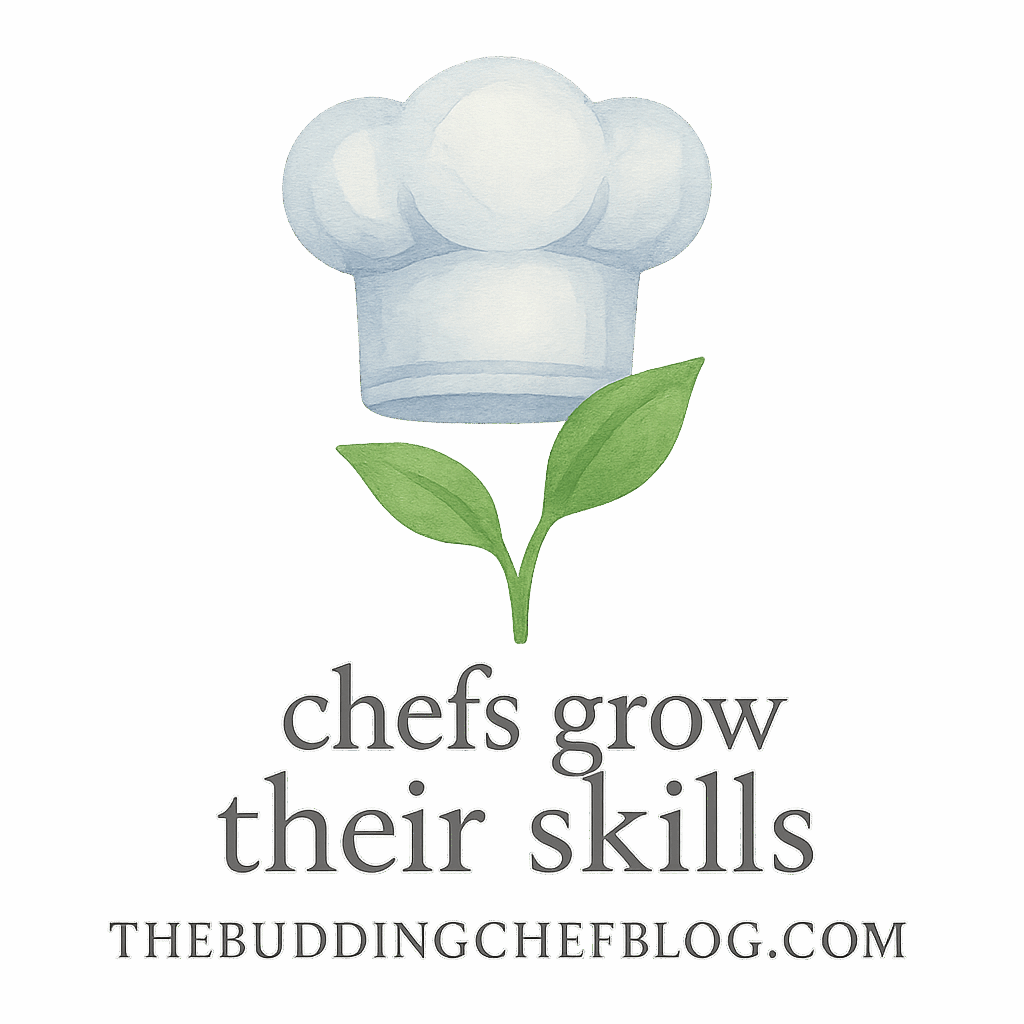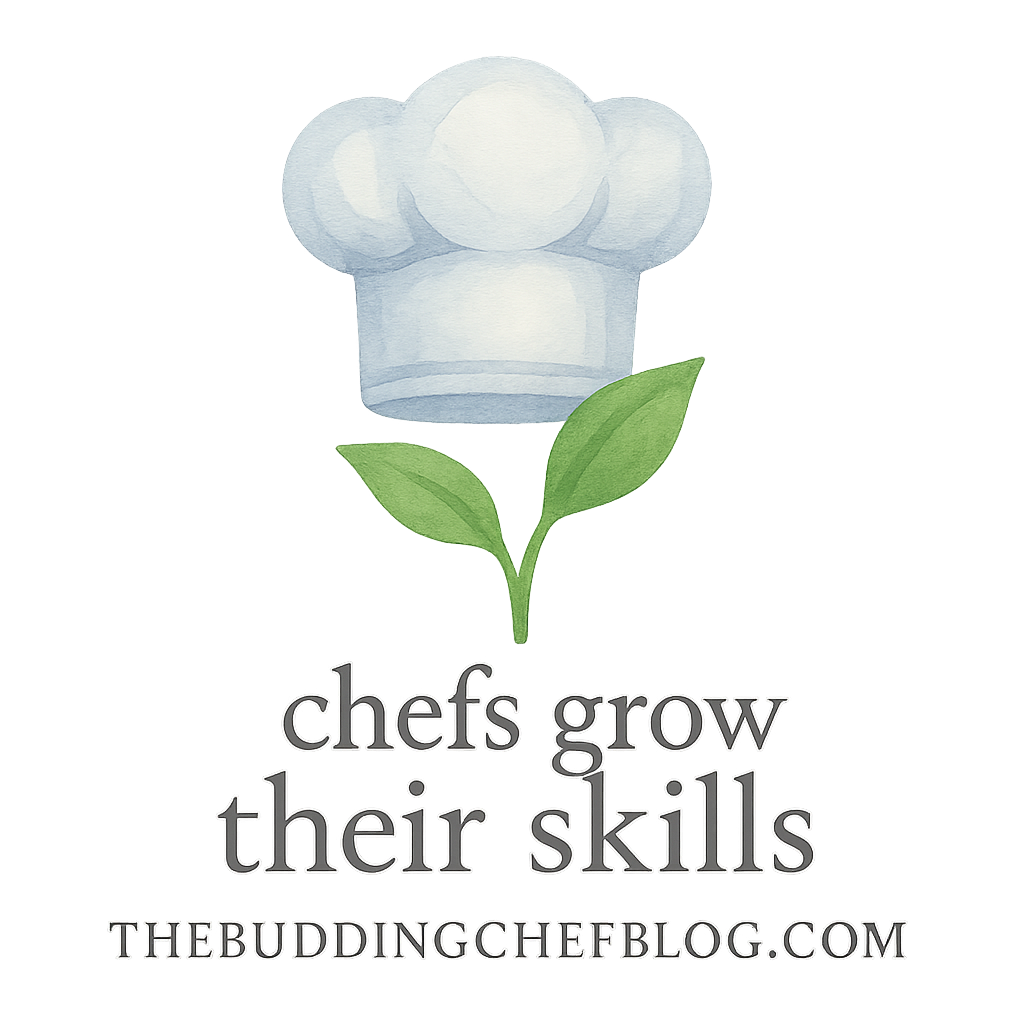When you’re just starting out in the kitchen, one of the most intimidating tools can be your knife. But don’t worry—once you learn a few key knife skills, everything else gets easier. Whether you’re prepping ingredients for a simple stir-fry or crafting a fancy garnish, mastering basic knife techniques sets the foundation for all your cooking adventures.
If you’re a beginner chef ready to sharpen your skills, you’re in the right place. This guide breaks down 10 essential knife techniques you can master today.
Why Knife Skills Matter in the Kitchen
Cooking Is Safer with Proper Knife Techniques
Let’s be real: dull knives and poor techniques are accidents waiting to happen. Good knife skills not only keep your fingers safe but also make your time in the kitchen smoother and more enjoyable.
Speed, Confidence, and Consistency
Ever feel like it takes forever to chop onions? Once you understand the right moves, you’ll prep meals faster and with consistent results. That’s a win-win!
Getting Started with the Right Knife
Types of Kitchen Knives
There are many types—chef’s knives, paring knives, serrated knives—but beginners often need just a few. A solid chef’s knife is your MVP.
Must-Have Knife for Beginners
If you’re only going to invest in one, go with an 8-inch chef’s knife. It’s versatile enough for chopping, dicing, mincing, and more. Explore more tools in our Kitchen Tools & Equipment Guide.
Learn About Kitchen Tools
Want to know which tools make the biggest difference? Check out our article on Basic Cooking Techniques for a deep dive into kitchen gear and proper usage.
1. How to Hold a Knife Properly
The Pinch Grip Technique
Forget grabbing the handle like a baseball bat. The correct way to hold a knife is the pinch grip: pinch the blade just in front of the handle with your thumb and index finger, then wrap your other fingers around the handle.
Common Holding Mistakes
Avoid using only your palm—it reduces control and increases the chance of slipping. Good grip = good control = fewer band-aids.
2. The Rock Chop Technique
Ideal for Herbs and Vegetables
This classic move uses the curve of the blade. Keep the tip of the knife on the board, rock it up and down to chop herbs like basil or parsley into fine pieces.
How It Prevents Accidents
Because the blade stays in contact with the board, your fingers stay out of harm’s way.
3. The Slice Cut
For Proteins and Soft Produce
Perfect for slicing chicken breast, tomatoes, or cooked meats. Use a smooth, long motion—don’t saw back and forth.
This technique is ideal when making recipes from our Recipe Practice section.

4. The Julienne Cut
Making Perfect Matchsticks
Julienne means cutting veggies (like carrots or zucchini) into thin matchsticks. Think of how carrots look in stir-fry—yep, that’s julienne.
It’s a crucial skill for any recipe tagged under Beginner Chefs.
5. The Brunoise Dice
Tiny Cubes, Big Flavor
After julienning, turn those sticks sideways and dice them into tiny cubes. This technique is popular in French cooking and adds elegance to soups and salsas.
This is one of those Cooking Skills that elevate your dish from good to great.
6. The Batonnet Cut
Great for Fries and Stir-Fries
Think thicker matchsticks—great for homemade fries or vegetable sticks. It’s a stepping stone to mastering more advanced cuts.
Explore more Affordable meals that use prepped veggies efficiently.
7. Chiffonade for Herbs
Delicate Ribbons Every Time
Stack leafy herbs like basil, roll them up like a cigar, then slice them thinly. Boom—elegant ribbons to top your pasta or salad.
Need ingredient tips? Check out our Ingredient Knowledge resource.
8. Peeling and Trimming
Keeping It Clean and Safe
Use a paring knife to peel fruits or trim fat from meat. While not fancy, these are foundational skills every cook should have.
Struggling with consistency? Practice using our Cooking Practice Tips.
9. Segmenting Citrus Fruits
Professional Presentation
Cutting orange or grapefruit segments cleanly removes the pith and makes your dish look restaurant-worthy. It’s one of those underrated skills that wow dinner guests.
Plus, it’s a great tip under Improvement Chefs if you’re looking to polish your skills.
10. Sharpening and Honing Your Knife
The Difference Between Sharpening vs. Honing
Sharpening restores the blade’s edge (done every few months), while honing realigns it (should be done regularly). A dull knife is dangerous—keep yours razor sharp.
Want more maintenance advice? Explore our Cookware Tag for tips on caring for your tools.
Practice Makes Perfect
Build Knife Confidence with Recipe Practice
Repetition is key. Try new recipes, challenge yourself with different ingredients, and don’t stress if it’s not perfect. That’s how pros are made. Visit our Professional Growth hub for more.
Learn Through Mistakes (and How to Avoid Them)
Slipped cuts, uneven chopping—every mistake is a lesson. Browse our Common Cooking Mistakes to see what others have learned the hard way.
Conclusion
There you have it—10 essential knife skills that will instantly upgrade your cooking game. Whether you’re dicing onions for dinner or slicing fruit for breakfast, these techniques will make you faster, safer, and more confident in the kitchen.
Remember, every great chef started as a beginner. Keep practicing, stay curious, and let your knives do the talking.
Hungry to learn more? Dive into our full catalog of resources at The Budding Chef Blog—your go-to place for building foundational kitchen skills, on a budget, with passion.
FAQs
1. What’s the best knife for a beginner chef?
An 8-inch chef’s knife is the most versatile and beginner-friendly option.
2. How often should I sharpen my knives?
Sharpen every few months, and hone before each use to maintain sharpness.
3. How can I practice knife skills safely?
Start slow, use a stable cutting board, and tuck your fingertips under when holding food.
4. Why does my knife slip when I cut?
Dull blades or wet surfaces can cause slipping. Sharpen your knife and dry the area before use.
5. What’s the easiest knife skill to learn first?
Start with holding the knife properly and then learn the rock chop technique.
6. Can I use one knife for everything?
You can, but having a few specialized knives like a paring knife and serrated knife makes some tasks easier.
7. Where can I learn more about cooking on a budget as a beginner?
Explore Budget-Friendly Tips and Beginner Chef Challenges for practical insights.


